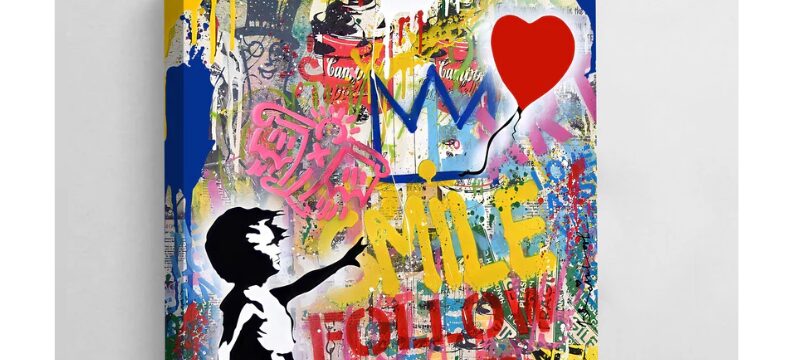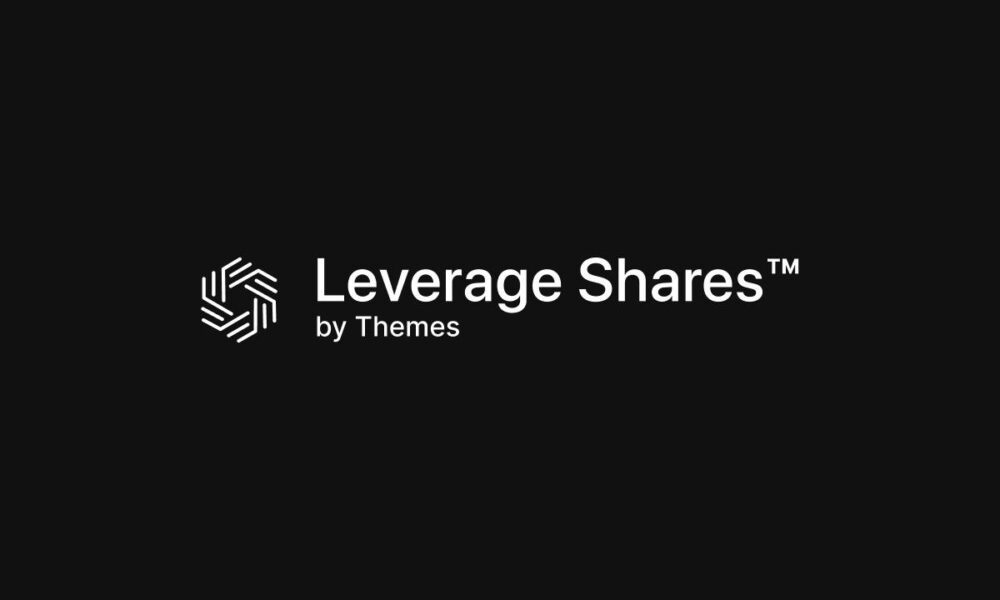In the vibrant world of street art, one name resonates above all others: Banksy. This elusive artist has shaped the landscape of contemporary art with his bold murals, provocative graffiti, and thought-provoking messages. With a unique ability to blend humor with serious themes, Banksy has captivated audiences globally. If you have yet to discover the brilliance of Banksy, take a moment to dive into his story and experience the thrill of his work, which has sparked countless conversations.
For those who admire Banksy’s groundbreaking style and wish to bring a piece of that creative spirit into their own space, consider exploring a curated collection of his wall art at https://luxuryartcanvas.com/collections/banksy-wall-art.
Among the myriad of inspired artists, one stands out for drawing from Banksy’s ethos: iHeart. This emerging Canadian street artist has captured attention with a striking piece titled “Nobody Likes Me,” which explores the profound effects of social media on our lives. This artwork went viral after Banksy himself endorsed it, captioning the image with “#NotBanksy.” This endorsement not only highlights the significance of iHeart’s work but also the fascinating intersections between modern art and the digital age.
The Artistic Connection: Banksy and iHeart
Banksy’s influence on contemporary art extends beyond his own creations. His work has paved the way for emerging artists like iHeart, who channel similar themes into their own pieces. The artwork “Nobody Likes Me” was strategically placed in Stanley Park, Vancouver, a bustling hub for public art. Here, iHeart engaged with the urban environment, using stencils to craft a poignant narrative.
In this piece, a young boy clutches a phone, his expression a mix of despair and longing. Surrounding him are the ubiquitous symbols of social media: the Instagram icons representing Likes, Comments, and Requests. This imagery pulls viewers into a compelling visual conversation about the nature of validation in a digital era.
The choice of a child as the subject is particularly striking. It serves as a commentary on the pressures faced by the younger generation, who navigate a landscape where their self-worth is often measured by online engagement. The vibrant orange backdrop catches the eye, while the familiar symbols evoke a sense of urgency regarding our relationship with social media.
What makes this piece even more significant is Banksy’s endorsement. By sharing the image with the caption “#NotBanksy”, he not only elevates iHeart’s work but also subtly critiques the notion of artistic ownership in the age of social media. This collaboration between established and emerging artists reflects the fluidity of influence in contemporary art, urging us to consider how interconnected our narratives have become.
Exploring the Themes of the Artwork
The thematic essence of “Nobody Likes Me” delves deep into the psychological impacts of social media on individual identity. The boy’s expression captures a sense of isolation—a feeling many of us can relate to in today’s hyper-connected world. As we scroll through our feeds, the compulsive need for likes and validation can overshadow genuine human connections.
This artwork shines a light on a pressing issue: the addiction to social media platforms. It presents a stark contrast between the virtual realm and the reality of human emotion. As viewers, we are compelled to confront our dependency on digital affirmation. The vibrant colors and familiar icons serve to draw us into this uncomfortable truth, forcing a moment of introspection about our online behaviors.
Moreover, the symbolism of youth is significant. It raises questions about how children are affected by growing up in a world dominated by social media. Many kids today derive their self-worth from follower counts and online engagement, often leading to feelings of inadequacy when they do not measure up. iHeart’s choice to depict a child captures this vulnerability, emphasizing the urgent need for dialogue about mental health in the age of technology.
On the other hand, those unfamiliar with social media may find the artwork less impactful. This discrepancy highlights the importance of context in understanding art. By engaging with diverse interpretations and backgrounds, we can foster a richer dialogue around the artwork and its implications.
What’s Your Take?
As you reflect on iHeart’s “Nobody Likes Me”, consider the messages that resonate with you. What feelings does the artwork evoke? Is it a mirror reflecting your own experiences with social media, or does it challenge your perceptions of youth and validation? The beauty of art lies in its ability to provoke thought and conversation, creating a space for us to explore our beliefs and values.
The dialogue surrounding social media is more relevant than ever. As we navigate this digital landscape, we must remain conscious of how it shapes our interactions and self-perceptions. Banksy and iHeart both serve as catalysts for this conversation, encouraging us to question the narratives we tell ourselves and the societal values we uphold.
This artwork invites us to ponder the consequences of our choices in a world where every post is scrutinized and every like is coveted. As we engage with such pieces, we not only appreciate the artistry involved but also the profound messages woven into them. These discussions can lead to greater awareness and understanding, allowing us to foster healthier relationships with social media and each other. The artwork “Nobody Likes Me” represents more than just a commentary on social media; it encapsulates the struggles of self-worth and emotional connection in a digital age. Both Banksy and iHeart provide us with an opportunity to reflect on our values and the impact of the platforms we engage with. As we move forward, let us carry these insights into our daily lives, fostering meaningful connections and prioritizing our mental well-being over fleeting online validation.
In conclusion, art serves as a powerful medium for dialogue. As we encounter the works of artists like Banksy and iHeart, let us remain open to the messages they convey, recognizing the profound truths embedded within their creations. Together, we can navigate the complexities of modern life, learning to appreciate the beauty of authenticity amidst the noise of social media.





























